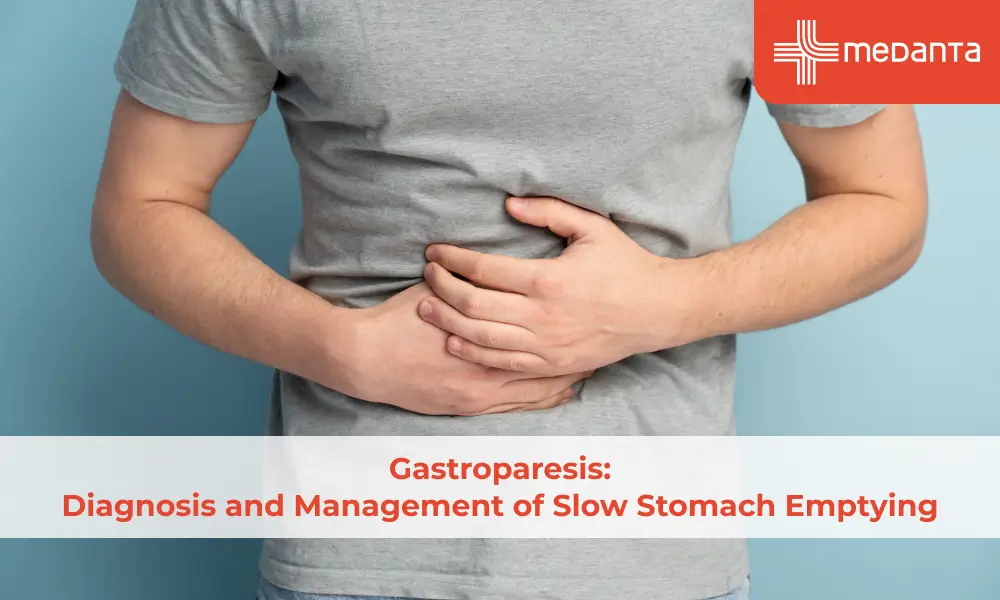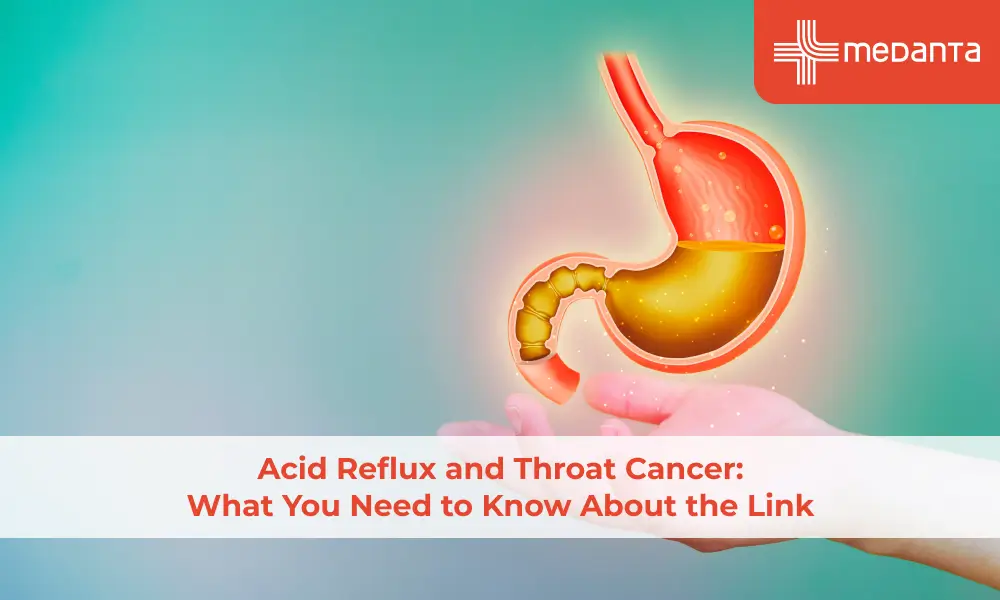Importance of Polio Drops
Polio is a fatal disease; in most cases, it remains undetected until it becomes severe. That is why vaccination is essential to protect us from the harmful effects of polio. In this article, we will articulate the importance of polio drops and the symptoms by which you can identify the presence of the disease inside the human body.
What is Polio?
Poliomyelitis, commonly known as polio, is a disease caused by a virus known as poliovirus. After getting infected with the virus, people may usually show no to mild symptoms. In some cases, people get severely affected by the virus, which leads to their death after paralyzing the body. Depending on which body part the virus is attacking and multiplying itself, polio can be of different types.
- Abortive poliomyelitis
Abortive poliomyelitis is not at all harmful as it will only show symptoms similar to the flu in the human body. In some cases, intestinal functions may get disrupted. Although these symptoms last only a few days, the affected person doesn't experience any long-term problems.
- Non-paralytic poliomyelitis
This variant of polio is capable of causing aseptic meningitis. A person who gets affected with aseptic meningitis will experience swelling in the brain. Unlike abortive poliomyelitis, in this case, you may need to spend a few days in the hospital to get treated.
- Paralytic poliomyelitis
Paralysis is when your body fails to perform necessary functions such as speaking, swallowing, and others. When the poliovirus directly attacks the brain or the spinal cord, muscles associated with the nervous system will become paralyzed. You will fail to move your limbs to perform daily activities. Based on which body part gets affected by the virus, there are two types of polio: spinal polio and bulbar polio. When both occur together, the condition is known as bulbospinal polio. However, the chances of getting paralytic poliomyelitis are less than 1% for all humans.
- Polio encephalitis
Primarily infants get affected by polio encephalitis, which is quite rare. In this case, swelling takes place inside the brain.
- Post-polio syndrome
When the symptoms of polio reappear after getting treated once before, it is called post-polio syndrome.
What is a Polio Drop?
We all know how fatal polio can become. Polio is contagious and can directly affect one's spinal cord leading to paralysis. There is no concrete remedy for this disease. We can only take preventive measures, and that means vaccination. Children from all around the world have been receiving inactivated polio vaccine (IPV) since 2000. In India, children receive the oral polio vaccine (OPV).
Why Do You Need to Be Vaccinated?
We have almost successfully eradicated polio from the root; nowadays, very few people get affected by polio. We all need to get the polio vaccine to prevent the disease from returning.
Symptoms of Polio
Approximately 70 to 95 percent of people don't experience symptoms after getting infected with the polio virus. As we have mentioned earlier, mild symptoms occur in the case of abortive poliomyelitis. Still, on the contrary, paralytic polio is capable of causing severe health issues.
Symptoms that a person experiences when infected with abortive poliomyelitis are similar to other common diseases, which is why it often gets undetected. The signs will start to appear within a few days. All the characters that one can usually notice are -
- Experiencing fatigue throughout the day
- High fever
- Headache
- Vomiting is whenever the infected person tries to consume food
- Either diarrhoea or constipation
- Sore throat
In the case of nonparalytic poliomyelitis, the infected person will experience the same set of symptoms as visible in abortive poliomyelitis. Alongside that few other symptoms will start to appear, such as
- Stiffness around the neck
- Pinching sensation on both your arms and legs
- Photophobia means getting sensitive to light.
If someone becomes prey to paralytic poliomyelitis, then common symptoms are the same as in abortive poliomyelitis. Additionally, a few other symptoms will start emerging within days or weeks.
- Touch sensitivity
- Spasms all over the body
- Spinal poliomyelitis which means that you will be unable to move your legs and arms
- Difficulty in breathing and swallowing food and water because of bulbar poliomyelitis. The infected person will also find it difficult to speak.
- The last symptom appears in the case of bulbospinal poliomyelitis, where signs of both spinal and bulbar polio will appear.
Transmission
Nowadays, polio vaccination drives take place in almost every country. If people don't receive vaccination, there is a high chance of people getting infected with the polio virus. The number of affected people will increase as polio is a highly transmissible disease. Usually polio virus spreads via person-to-person contact. When a healthy individual comes in touch with the stool of an infected person, then the healthy individual will get affected by polio. When an infected person sneezes or coughs, the droplets coming out of their mouth can also infect others. An infected person can spread the disease right after getting affected by it. But, a polio-affected person usually starts spreading the virus within 1 to 2 weeks. Poliovirus usually remains inside the affected individual's intestine and can contain food and water sources too.
Treatment
At present, there is no permanent remedy for polio. Most people seek help when they get diagnosed with paralytic polio. In that case, the affected person usually receives occupational therapy sessions. With these therapies, the weakness in the legs and arms will go away, and the body function of these organs can improve after treatments for a certain period. One should start getting therapies from the very beginning.
Final Words
Right now, most developed and underdeveloped countries are polio-free. It would be best if you always took which child for polio drops as it is necessary for a healthy life. In the case of paralytic polio, contact a neurologist without wasting any time after detecting the symptoms. The medical professional will offer you all the possible treatments and specific interventions depending on the severity of the disease.






